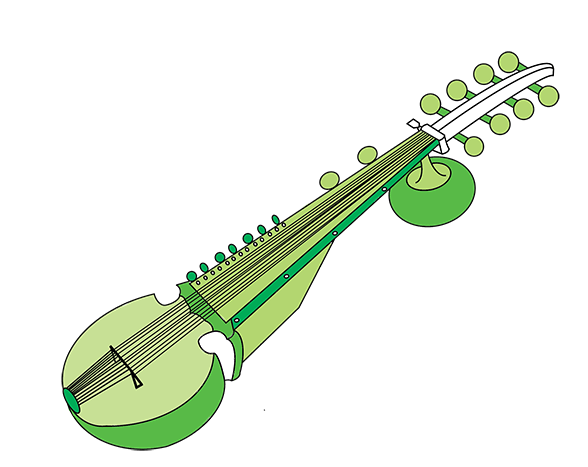The violin

How The violin sounds
The violin used in Indian classical music is similar to the one used in Western classical traditions.
In Carnatic music, the tuning is the same. The tuning is slightly modified for the Hindustani violin, but the playing style remains the same- sitting cross legged on the floor with the scroll of the violin resting on the right foot of the player.
The violin has evolved to become the principal accompaniment for Carnatic music, and is believed to have been introduced into the Indian tradition by Baluswamy Dikshitar, brother of Muthuswamy Dikshitar (one of the Trinity of Carnatic music composers).
The violin is also extensively used as a solo instrument in both Carnatic and Hindustani styles. It is accompanied by the mridangam, tabla, and allied percussion instruments like the ghatam.
discover Where it's from
Performer Information

Hear The violin in concert

See The violin in action
Did you know

The Indian Violin is held differently to the Western Violin to give the musician a wider range of hand and finger movements. Indian music involves more note oscillations (gamakas) which demand more hand and finger movements. The musician can achieve this by keeping the violin stable.


































